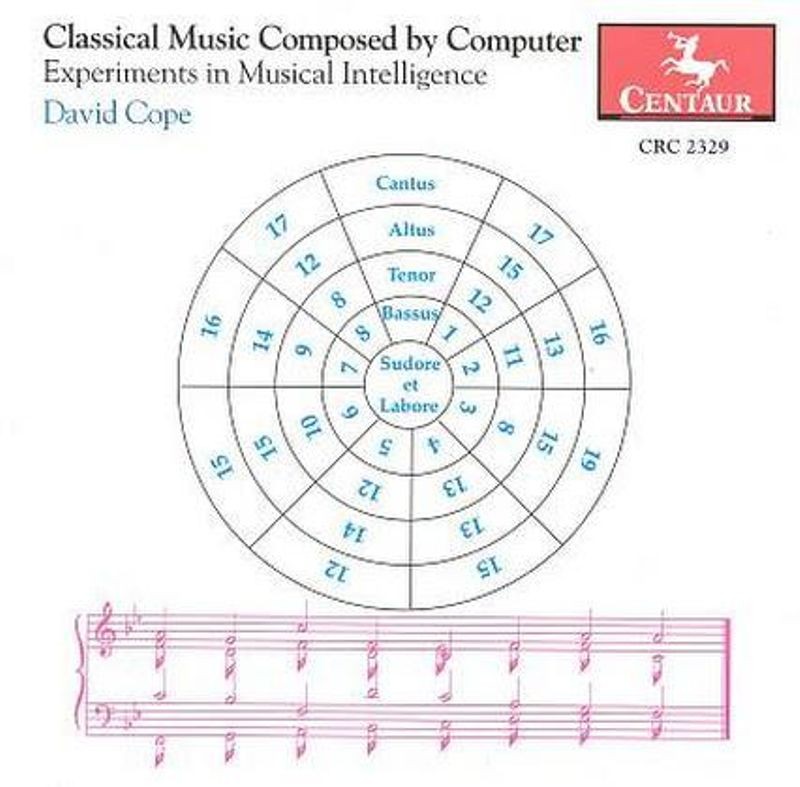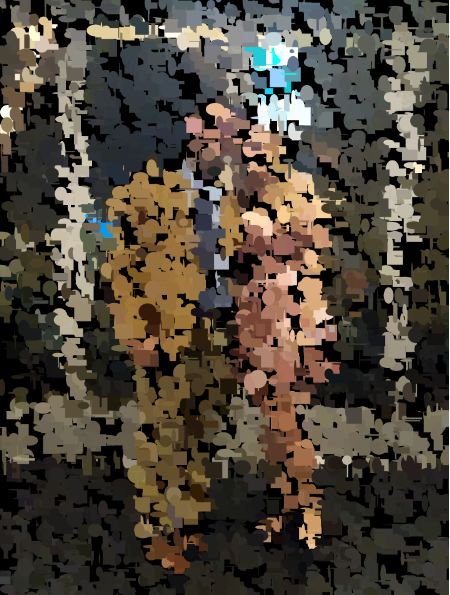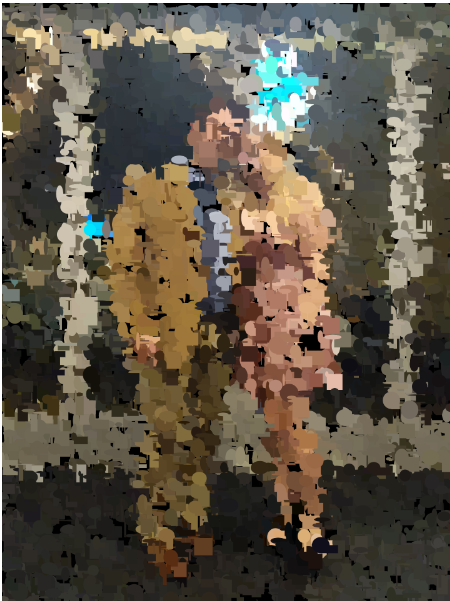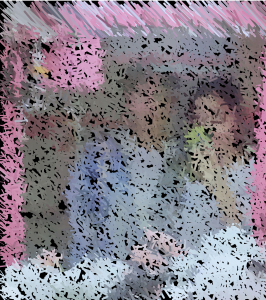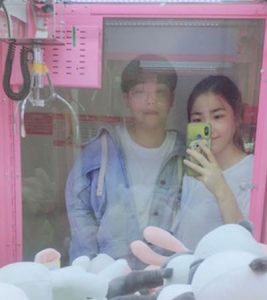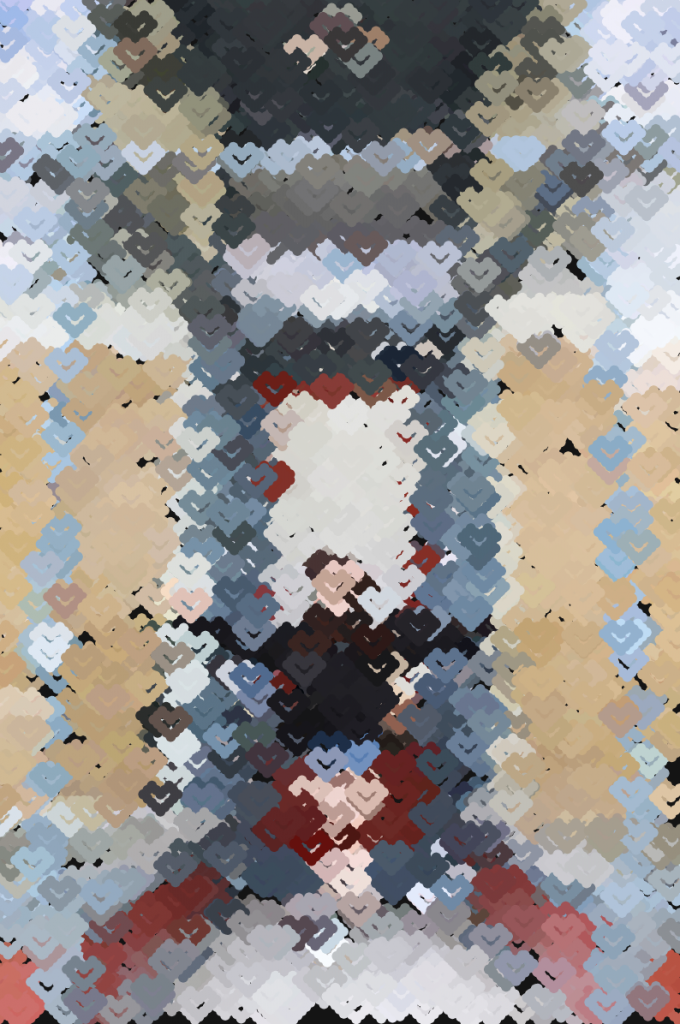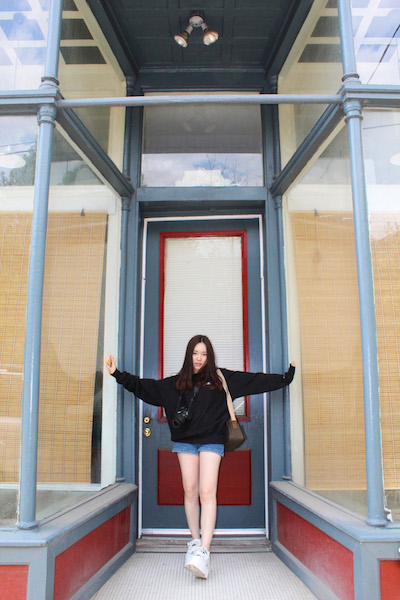Software used: Processing connected to SuperCollider via osc_p5 library and the great p5_sc library, and I used the Atari2600 UGen by Fredrik Olofsson, all custom software.
“Generative Music – Cellular automata and blip blops” (2008) by batuhan is a “somewhat intelligent cellular automata system” developed with some atari2600 style sonification. The music is generated by a cellular life system — the artist does not touch the system once it’s started and it dies by itself, ending the music as well. The thing I really liked about the project was the idea of creating a random, computer generated piece of music tied to the lifespan of a system. The song is the representation of a world from its beginning to its end.
The visuals and the audio (the harsh ‘blip blops’) seem to be inspired by old classic arcade style video games.
![[OLD FALL 2019] 15-104 • Introduction to Computing for Creative Practice](../../../../wp-content/uploads/2020/08/stop-banner.png)


